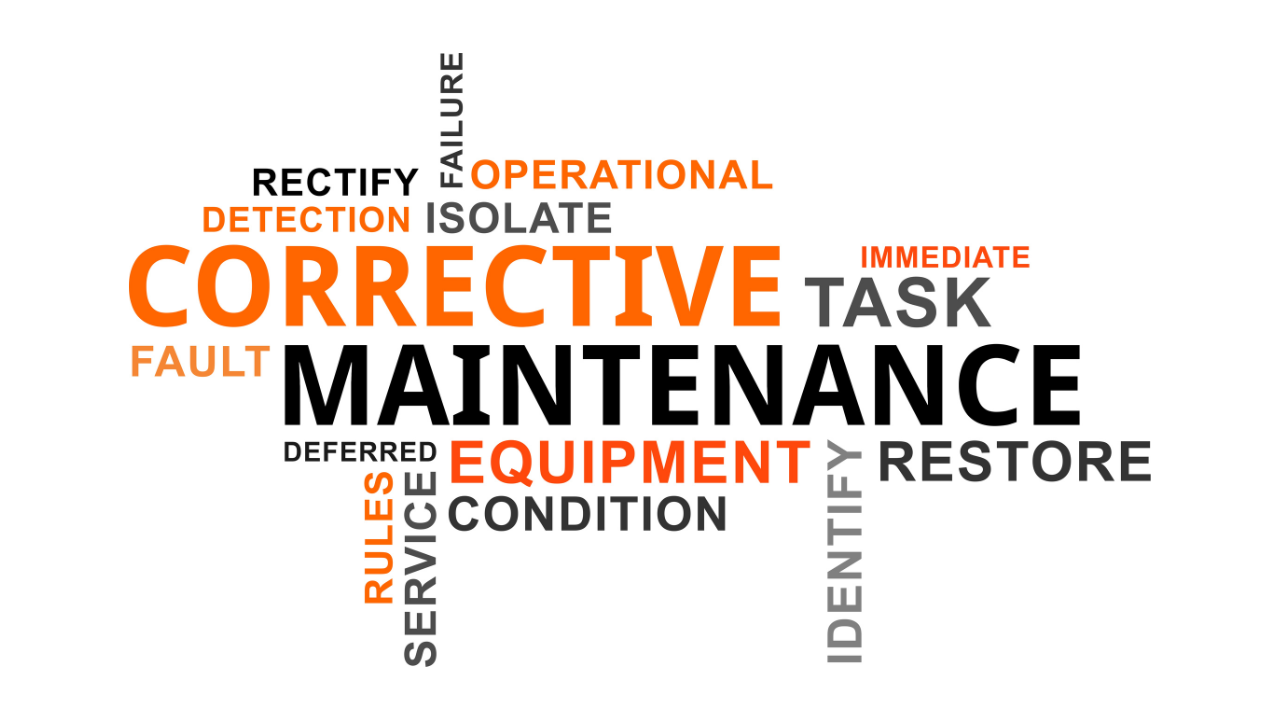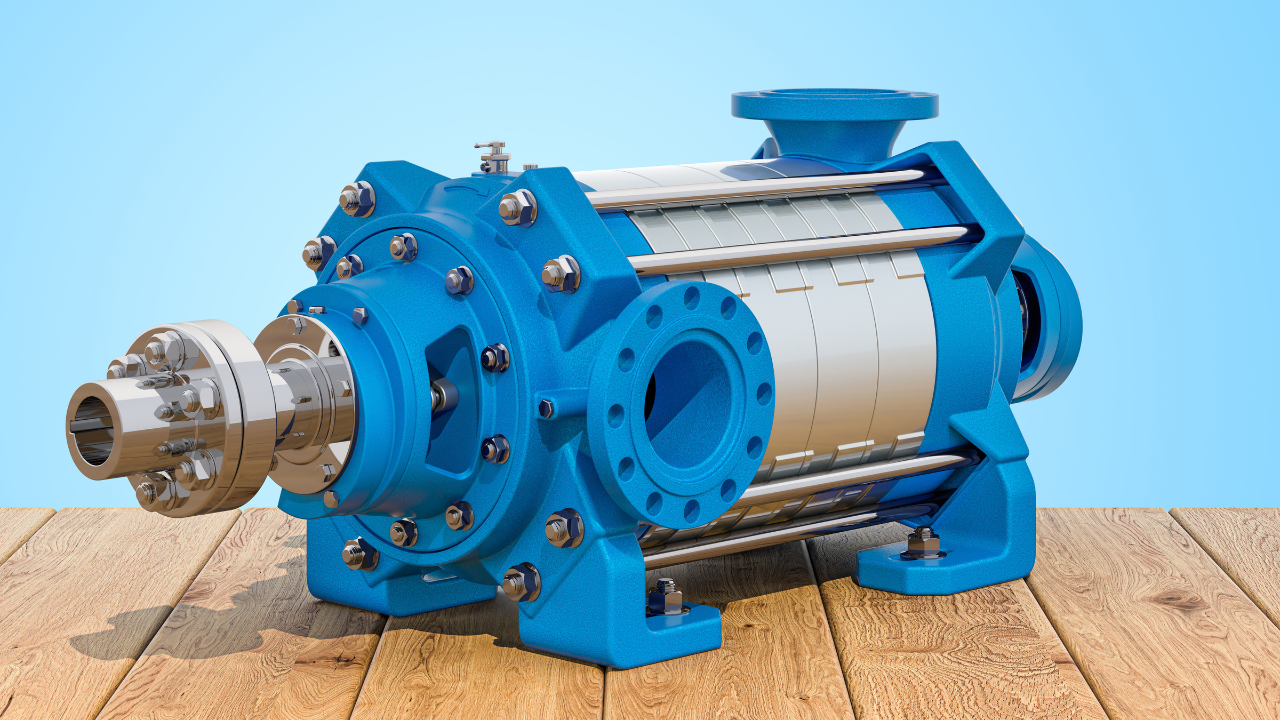Hydraulic Troubleshooting
Benlee
Hydraulic systems can be very simple, such as a hand pump pumping up a small hydraulic jack, or very complex, with several pumps, complex valving, accumulators, and many cylinders and other actuators. Yet, most of the problems encountered in all of these systems are often traced down to a few basic issues. This article will help you to narrow down and solve most hydraulic system problems by focusing in on the most common causes of malfunction and poor performance.
Many problems with hydraulic systems occur on start-up of a new system, after a repair or overhaul, after a new component is added, or when a component is adjusted or some other form of change occurs. In any machine, particularly in hydraulics, any change in one part of the system will affect all the other parts of the total system. This will result in problems that will require trouble shooting.
The points for trouble shooting listed below are combined for both mobile hydraulics driven by an engine and hydraulic systems driven by an electric motor. With this in mind, not all of the trouble shooting suggestions will apply to all systems.
Do not assume any suggestion is just too simple to be the cause. Sometimes the biggest problem on the most complex machine actually has the simplest and most basic cause. Do not dismiss or overlook something because it seems too simple.
Do not assume that another person that you have questioned and has given you an answer to the points below has actually checked for the correct answer or is being totally truthful. They may be mistaken, dismissive, patronizing or embarrassed. Verify the answer for yourself firsthand to be sure.
6 Primary Areas of Troubleshooting Problems in Hydraulics:
A) Noisy Pump or Excessive Pump Vibration
- Cavitation caused by air entering pump inlet caused by:
- dirty inlet suction strainer – clean or replace
- loose connection on suction line or suction strainer – tighten
- low hydraulic fluid level – check level, observe level variation through entire machine cycle, add oil if needed
- excessive pump speed – check specifications of pump and motor
- incorrect hydraulic fluid being used
- oil is foaming – low or old oil – replace or add anti-foaming agent
- very large volume actuator causing periodic low levels in tank
- clogged reservoir air breather vent causing vacuum in tank -replace breather vent filter
- Excessive oil viscosity causing cavitation – check viscosity replace as necessary, change with season
- Temperature is too low for oil – change oil or add oil heater for cold weather operation
- Damaged or Worn Pump – repair or replace, check filters
- Misalignment of Pump and Motor – check alignment
- Pump and/or Motor Mounts worn or loose – tighten or replace mounts and coupler
- Relief Valve Chattering – check setting – may be too low, may need resizing
- Relief Valve Operating Continuously- pump flow passing continuously over relief valve back to tank when system not being used – change to tandem center directional control valve or add other unloading method
B) Low or Erratic Pressure Output
- Air in System caused by:
- actuators need to be bled of air
- high point in system needs to be bled of air
- pump is cavitating – see point A
- air being sucked in through loose fitting or hole in hose
- Defective or Worn Pump – repair or replace
- Incorrect Pump Speed or Size – check specifications and compatibility of pump and motor – speed, displacement, and power
- Incorrect Drive Motor Power Input – check that all electrical power phases are operating – check all fuses and breakers
- Defective or Loose Shaft Coupling between Pump and Motor – repair or replace or tighten
- Defective or Worn Cylinder or other Actuator – replace seals and/or bearings
- Pressure Relief Valve or Pressure Regulating Valve set too low – adjust setting
- Pressure Relief Valve or Pressure Regulating Valve is dirty and not seating – clean or repair
- Leak in Hydraulic Pressure Line – check all lines, fittings and hoses – tighten or repair
C) No Output Pressure
- No Power – check electrical supply to motor, check fuses and breakers, check wire connections, check PLC out puts & solenoids, reset Emergency Stop switches
- No or Low Hydraulic Fluid in Reservoir – check level and add as required
- Pump is Turning in Wrong Direction – check and correct rotation
- Pump or Motor Shaft or Shaft Coupling is Stripped or Broken – check and repair or replace
- Pressure Relief Valve Stuck Open – check and adjust setting or repair or replace
- Pump Outlet Flow Bypassing Directly to Tank – check for faulty valving or circuit error
- Hydraulic Pressure Line is Ruptured or Not Connected – check lines, look for large leaks
D) Hydraulic Cylinder Not Moving
- Directional Valve Failure – check power to solenoids, determine if it is shifting, valves may need cleaning or repair, coil or solenoid armature may be burned out, check electrical wires and connections
- Insufficient Pressure Supplied – check system pressure – see points B and C above
- Hydraulic Line Problem – check for kinked, dented or crushed hoses and tubes, check for damaged fittings
- Defective Actuator – check cylinder condition – piston rod bent or cylinder barrel dented causing binding, barrel ID is scored or corroded causing excessive friction, seals worn causing oil bypassing piston
- Load Exceeds Capacity of Actuator – check system pressure and size of piston and calculate forces and compare to load, allow for friction, force vector geometry and pressure loss
- Hydraulic Circuit Error – valve installed incorrectly, check valve backwards, lines installed incorrectly, breather port on single acting cylinder plugged
E) Hydraulic Cylinder Slow, Shuddering or Erratic
- Air in System – bleed air from system, bleed from highest point
- Pump is Cavitating – see point A
- Pressure Supply is Fluctuating – see point B
- Defective Actuator – check cylinder condition – piston rod bent, cylinder barrel dented, barrel ID is scored or corroded, seals worn, oil bypassing piston
- Defective or Worn Pump – repair or replace
- Hoses are Kinking as Cylinder Moves
- Control Valve Failure – valves may need cleaning or repair, coil or solenoid armature may be burned out, check electrical wires and connections
- Load Exceeds Capacity of Actuator – check system pressure and size of piston and calculate forces and compare to load, allow for friction, force vector geometry and pressure loss
F) Hydraulic Fluid Overheating
- Oil Reservoir Too Small – check tank size versus pump flow – optimum reservoir size is at least 3 times pump gpm without heat exchanger
- Oil Level Too Low – check and add as required
- Incorrect Fluid – wrong viscosity, change in season – oil not changed with season
- Dirty Hydraulic Fluid – check condition, check maintenance records, replace filter cartridges, replace oil with new if necessary
- Heat Exchanger Faulty – check if running, clean, check ID of radiator, check temperature switch and wires and connections
- Heat Exchanger Turned Off – not switched on for change of season
- Hydraulic Line Sizes Too Small – compare line ID with flow capacity chart and actual flow being seen – flow can be much greater than pump flow on return lines
- Relief Valve Operating Continuously – pump flow passing continuously over relief valve back to tank when system not being used
- System Overload – check system capacity, workload percentage rating versus actual use
- Excessive Pump Speed – check specifications of pump and motor to ensure compatibility of speeds
Click here to read more about Logical Troubleshooting in Hydraulic Systems
Related Articles

Keys for Effective Troubleshooting

Corrective Maintenance Task Generation

Availability in a Supply Constrained Environment is the #1 Issue for Refinery Executives

Weibull Point Process Applied to Repairable Subsystems

Energy Savings Through Pump Refurbishment and Coatings

Causes of Overheating in Cartridge Mechanical Seals




